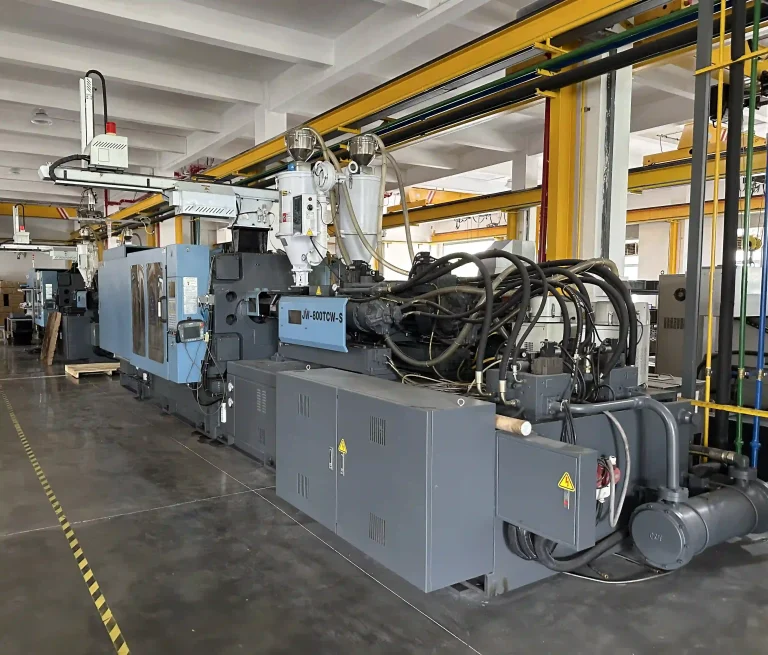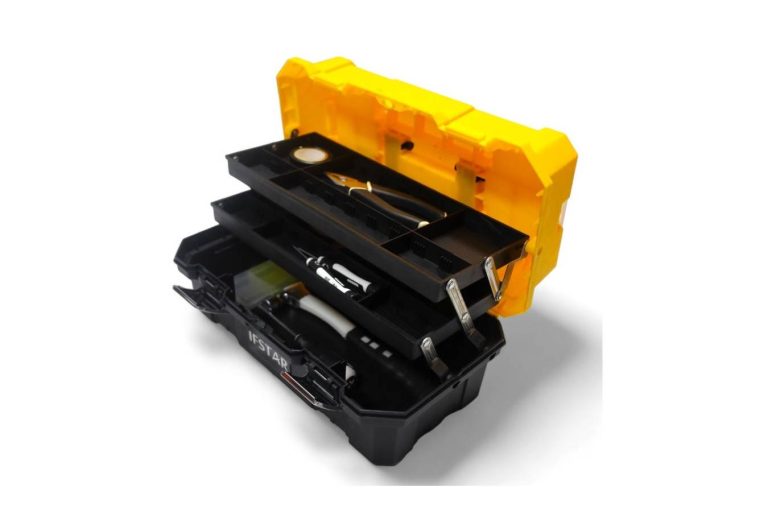If you’ve ever tried to build or organize a rack of servers, you’ve probably run into that mysterious letter “U.” It pops up everywhere — 1U, 2U, 4U — and everyone in IT seems to assume you just know what it means. But if you’re new to rack systems, the term can be confusing. So let’s clear that up before your next data center install turns into a game of Tetris.
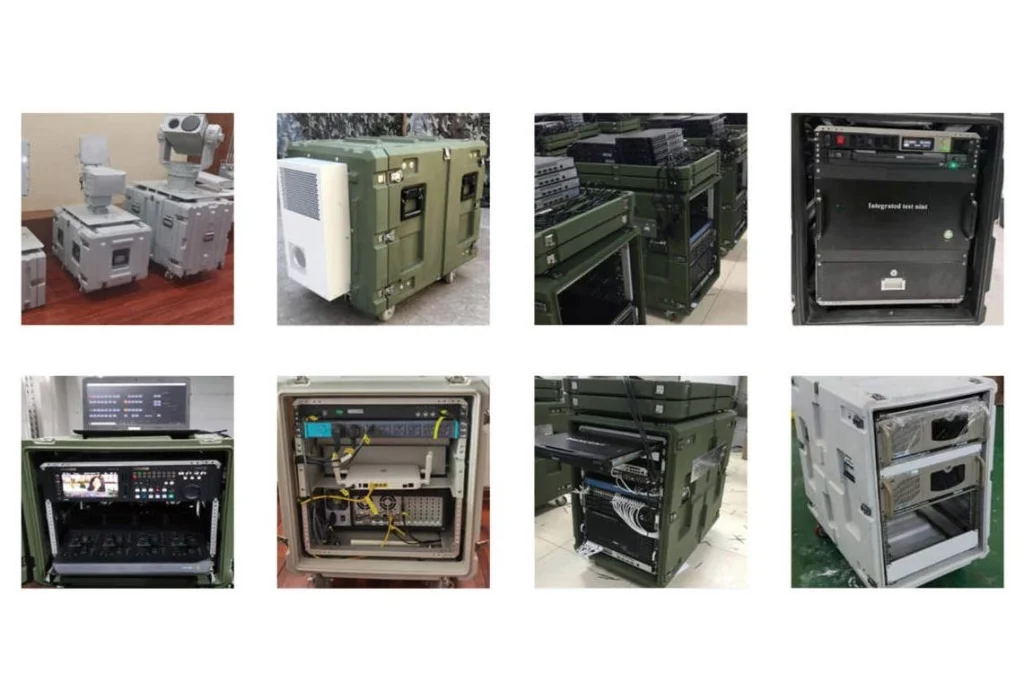
In short, “U” is how we measure rack mount cases vertically. The choice between 1U, 2U, or 4U isn’t only about height — it affects cooling, noise, cabling, and even how much your team will swear during maintenance.
We at IFSTAR spend a lot of time thinking about this. We design 2U rack mount cases used in data centers, factories, and control rooms — places where space is tight and downtime costs real money.
What Does 1U or 2U Mean?
Definition of Rack Unit (U)
A rack unit (short for “U”) equals 1.75 inches, or about the width of your index and middle finger stacked together. That’s the vertical height each piece of gear takes up in a 19-inch rack, which is the global standard width — 19 inches (482.6 mm).
When you hear “1U rack mount case,” it means the case takes up one of those units. “2U” is twice that, about 3.5 inches ta ll. Sounds simple, but this tiny number controls everything from airflow to cable reach.
1U vs 2U — The Real-World Difference
Let’s be real — on paper, 1U and 2U don’t look that different. But anyone who’s ever racked both knows that extra inch and three-quarters makes life a lot easier.
A 1U rack mount case is sleek, compact, and often a pain to work inside. You’ll probably have to use low-profile coolers and carefully route cables like a surgeon.
A 2U rack mount case, on the other hand, feels roomy — enough space for proper fans, dual PSUs, and a layout your fingers can actually fit into.
If you’re choosing the best 1U rack mount case for servers, think about noise, cooling, and how often you’ll need to swap drives. Cramped cases run hotter and are less forgiving when a fan fails.
In theory, a 42U rack fits forty-two 1U servers or twenty-one 2U units. In reality, nobody packs it to 100%. You’ll want to leave some breathing space. Hot air doesn’t like math — it rises whether your rack plan agrees or not.
Which One Should You Choose — 1U or 2U?
1U Rack Case: Small but Mighty
1U systems are all about density. If you’re trying to cram as much compute as possible into one cabinet — like web hosting, light network tasks, or simple monitoring — 1U makes sense.
They sip power, stay relatively quiet, and are perfect for remote cabinets. But there’s a catch: cooling.
A smart 1U rack case cooling design uses strong front fans, vented panels, and narrow heat paths. One clogged vent or dusty fan and your CPU temperature climbs faster than you think.
2U Rack Case: More Space, More Options
2U units breathe easier. The extra height gives room for bigger fans, better airflow, and more drives. You can even fit GPUs or redundant power supplies.
If your system handles AI or storage tasks, a 2U rack case with redundant PSU is a no-brainer. It keeps running even if one power unit dies — small detail, but when your production line depends on uptime, that detail matters.
| Feature | 1U Rack Case | 2U Rack Case |
|---|---|---|
| Height | 1.75 in / 44.45 mm | 3.5 in / 88.9 mm |
| Space Efficiency | Very high | Moderate |
| Cooling | Limited | Excellent |
| Component Flexibility | Tight | Flexible |
| Typical Use | Networking gear, firewalls | AI servers, storage arrays |
Common Rack Heights and Capacities
What Is a 42U Rack?
The 42U rack is like the gold standard in most data centers. It’s roughly 2 meters tall — a little taller than most people — and offers enough space for serious computing setups.
Typical dimensions? About 2000 mm high, 600 mm wide, and 1000 mm deep. You could stack 42 one-unit servers in there, though in the real world, the bottom few units usually hold heavy UPS systems or PDUs.
When you’re planning a 42U rack case layout, remember: airflow and service access come first. It’s better to lose a few slots than to lose a whole rack because of heat buildup.
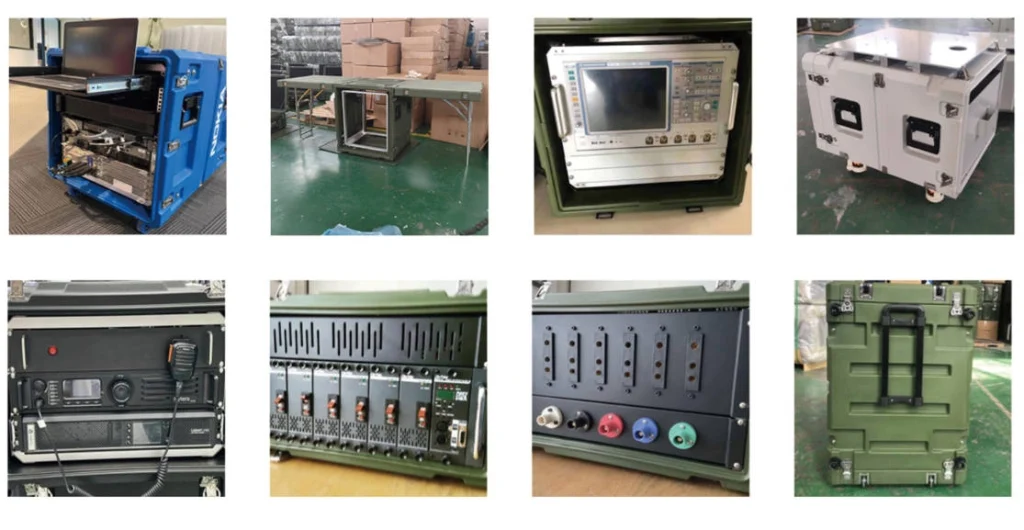
Power and Cooling — The Part Nobody Loves but Everyone Needs
Each extra server adds watts, and watts turn into heat.
When we install racks for customers, we usually leave a 20% power headroom per cabinet. It’s not science fiction — just safety. Systems rarely draw full load continuously, but when they do, you’ll be glad for the buffer.
Dense racks filled with 1U cases can easily hit 5–7 kW of power draw. Without solid cooling, that’s a space heater.
Here’s where smart layout helps: alternate intake and exhaust paths, leave a 1U blank panel every few servers, and keep cables tidy.
We once measured two identical racks — one packed to the top, one with small air gaps — the second ran about 6°C cooler on average. That’s free efficiency.
How to Choose the Right Rack Mount Case
Check Depth and Compatibility
Racks come in different depths, usually 600–1000 mm. Always check the case depth plus rail length before ordering. Nothing ruins your day like discovering your case sticks out an inch past the rear door.
For specialized builds, a custom depth rack mount case is worth it. They fit long GPU boards, control modules, or deep PSUs without awkward gaps.
Material and Cooling Details
Material choice changes everything. Aluminum cases are lighter and shed heat fast. Steel ones are sturdier — ideal for industrial spaces with vibration or dust.
Look for:
- Perforated fronts or side vents
- Optional fan trays
- Filters if your environment’s dusty
A little thing like airflow direction matters. I’ve seen setups where half the fans blew forward and the rest backward — it turned the rack into a convection blender.
Customization Options
IFSTAR builds custom enclosures for different industries — from telecom to industrial automation.
Need your logo on the front panel or special I/O cutouts? No problem.
Want powder coating that matches your brand color? We’ve done that too.
We also supply rack mount cases for industrial control systems — built tough, vibration-tested, and ready for around-the-clock use.
Check out IFSTAR if you’re hunting for specific 1U or 2U rack cases, or want to talk about custom OEM supports.
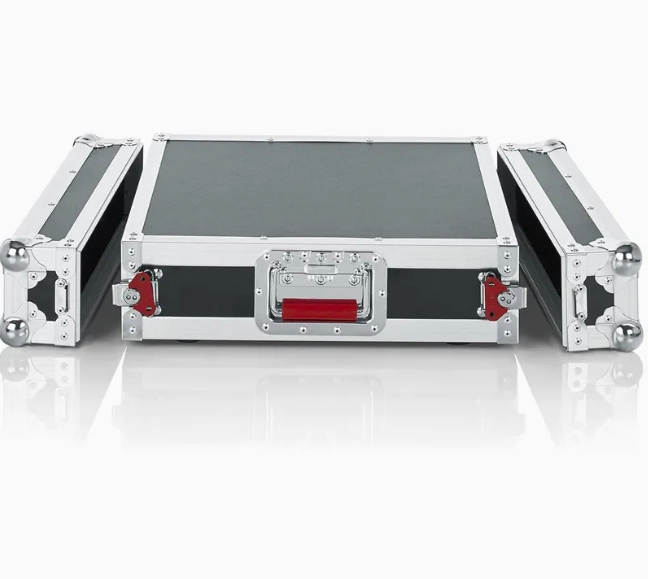
Conclusion
Knowing what “1U” or “2U” means might sound like trivia, but in practice, it’s the difference between a smooth install and a sweaty one. A well-planned rack is quieter, cooler, and easier to fix at 2 a.m. when something fails — because it always does.
Whether you go for dense 1U setups or flexible 2U builds, the right rack mount case keeps everything secure, cool, and serviceable for years.
We’ve built hundreds of them, and one lesson sticks: good airflow and a little extra space never go out of style.
FAQ
Q: What does “U” stand for in rack mount cases?
A: It’s short for “rack unit,” the measurement of vertical height in a standard 19-inch rack (1U = 1.75 inches).
Q: How many 1U or 2U servers fit in a 42U rack?
A: Up to 42 × 1U or 21 × 2U, depending on cooling gaps and cable management.
Q: Can I get a rack case that’s not standard depth?
A: Yes, we often make custom depth rack mount cases for clients running longer boards or special equipment.


